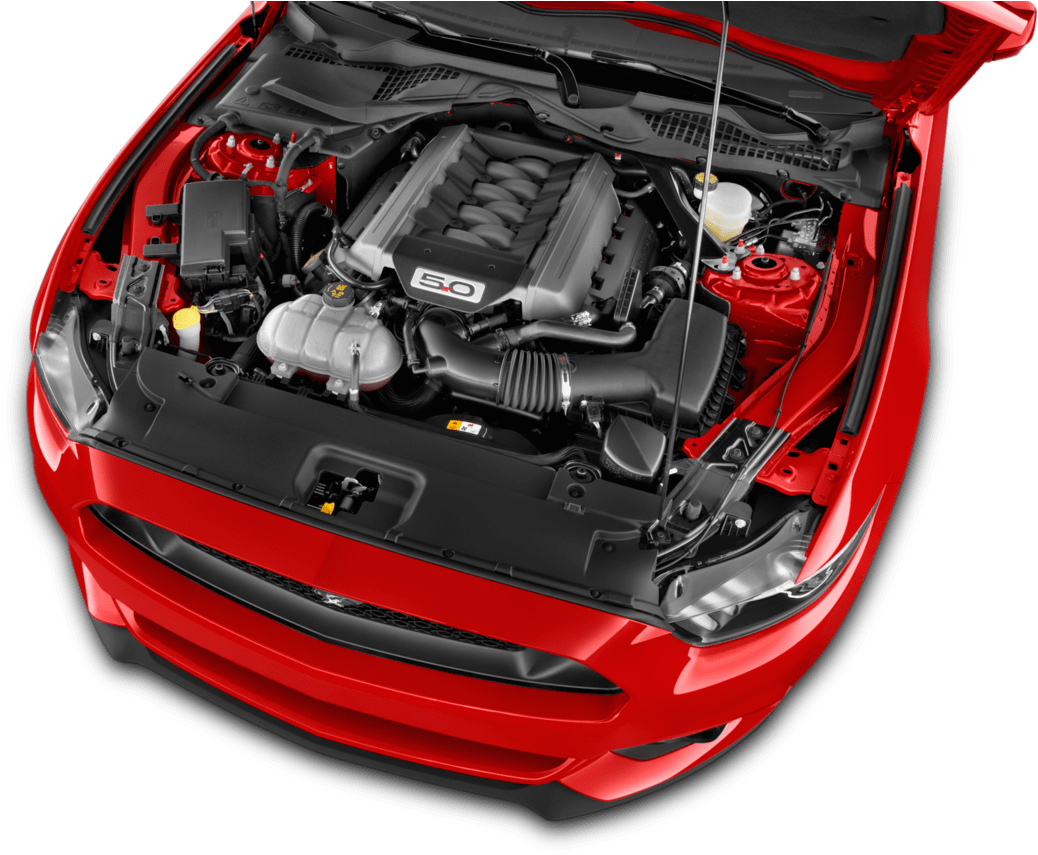Opel Corsa Engine: Common Issues and Exactly How to Repair Them
Opel Corsa Engine: Common Issues and Exactly How to Repair Them
Blog Article
Comprehensive Evaluation of a Subcompact Car's Powertrain Capabilities
In the realm of automobile design, the powertrain of a subcompact auto stands as a vital nexus where development, performance, and efficiency assemble. From the engine's relentless search of ideal efficiency to the transmission's seamless choreography of power circulation, every aspect plays an essential duty in specifying the total driving experience.
Engine Performance Analysis
In analyzing the engine efficiency of the subcompact cars and truck, a comprehensive analysis discloses its effectiveness and power outcome under different driving conditions. The subcompact vehicle's engine, a crucial part of its powertrain system, shows commendable performance metrics. The engine's efficiency is noteworthy, as it optimizes fuel usage without endangering power distribution. Under typical driving conditions, the engine operates efficiently, showcasing a balance between efficiency and gas economic climate.
Additionally, when based on rigorous testing situations such as high-speed acceleration or uphill climbs up, the engine demonstrates durability and responsiveness. Its power result continues to be consistent, offering appropriate velocity when needed. The subcompact vehicle's engine is tailored to meet the demands of metropolitan driving, where fast acceleration and active maneuverability are necessary.
Moreover, the engine's layout incorporates modern-day innovations that boost its performance qualities. Functions like turbocharging or variable shutoff timing add to boosted power shipment and torque, improving the total driving experience. Finally, the engine performance of the subcompact cars and truck highlights its capacity to deliver reputable and effective power output throughout numerous driving problems.
Transmission Performance Assessment
Evaluating the subcompact car's transmission performance involves analyzing its performance in transmitting power perfectly throughout various driving conditions. The performance of a transmission system is important as it straight affects the general efficiency and fuel economic situation of the vehicle. In evaluating transmission performance, elements such as equipment proportions, shift timing, and the level of smoothness of equipment adjustments are taken into consideration. A properly designed transmission system must efficiently provide power from the engine to the wheels while decreasing power losses.
One usual method used to evaluate transmission effectiveness is via dynamometer testing, where the power result from the engine is measured at the input and output shafts of the transmission. By assessing these aspects, engineers can determine locations for renovation and maximize the transmission system for better general performance and effectiveness.
Gas Efficiency Examination
The examination of the subcompact car's gas effectiveness includes a detailed analysis of its intake rates under different driving problems. Fuel performance is a vital consider analyzing the general performance and cost-effectiveness of a vehicle. By gauging the quantity of fuel consumed per device range traveled, normally shared as miles per gallon (MPG) or litres per 100 kilometers (L/100 km), the effectiveness of the subcompact auto's powertrain can be determined.

In addition, innovations in innovation, such as hybrid systems, regenerative braking, and automatic start-stop systems, have actually considerably boosted fuel efficiency in modern subcompact vehicles. Suppliers remain to introduce and enhance powertrain parts to enhance fuel performance while meeting efficiency demands and environmental policies. Reviewing a subcompact vehicle's fuel performance provides useful insights for consumers looking for economical and sustainable transport solutions.
Velocity and Handling Assessment
An important aspect of examining the efficiency abilities of a subcompact cars and truck lies in analyzing its velocity and taking care of features. Velocity is crucial as it establishes how rapidly the car can get to desired rates, affecting overall internet driving experience and ability to move in numerous web traffic problems. opel corsa engine. Subcompact autos are often preferred for their nimbleness and agility, making velocity from standstill and throughout surpassing maneuvers essential variables to consider
When it pertains to managing, a subcompact cars and truck's capacity to browse corners, keep security at broadband, and provide a receptive steering feeling are critical. Tight city streets and winding roadways require specific handling to ensure motorist self-confidence and safety. Factors such as suspension adjusting, weight distribution, and tire grasp play considerable duties in identifying reference a subcompact vehicle's general handling expertise.

Powertrain Components Summary
Upon delving right into the intricacies of a subcompact auto's performance, a thorough assessment of its powertrain parts is necessary to understand the lorry's mechanical supports. The powertrain of a subcompact car typically is composed of the engine, transmission, driveshaft, differential, and axles. Recognizing just how these parts function with each other is critical in evaluating a subcompact automobile's total performance, effectiveness, and driving dynamics.
Conclusion
Finally, the subcompact auto's powertrain capabilities have actually been thoroughly assessed in terms of engine performance, transmission effectiveness, gas handling, velocity, and efficiency. The extensive evaluation highlights the importance of each component collaborating effortlessly to deliver optimal efficiency. Overall, the powertrain elements of the subcompact car have been located to be effective and healthy, making it a trusted option for vehicle drivers seeking a portable and fuel-efficient car.
In the realm of automotive engineering, the powertrain of a subcompact car stands as a vital nexus where innovation, effectiveness, and performance converge.In examining the engine efficiency of the subcompact vehicle, a helpful site thorough evaluation discloses its effectiveness and power result under various driving conditions.Evaluating the subcompact car's transmission effectiveness involves assessing its efficiency in transferring power effortlessly throughout different driving problems. Understanding exactly how these elements function together is critical in analyzing a subcompact vehicle's overall efficiency, efficiency, and driving characteristics.In conclusion, the subcompact vehicle's powertrain abilities have actually been thoroughly assessed in terms of engine performance, transmission efficiency, gas handling, performance, and velocity.
Report this page